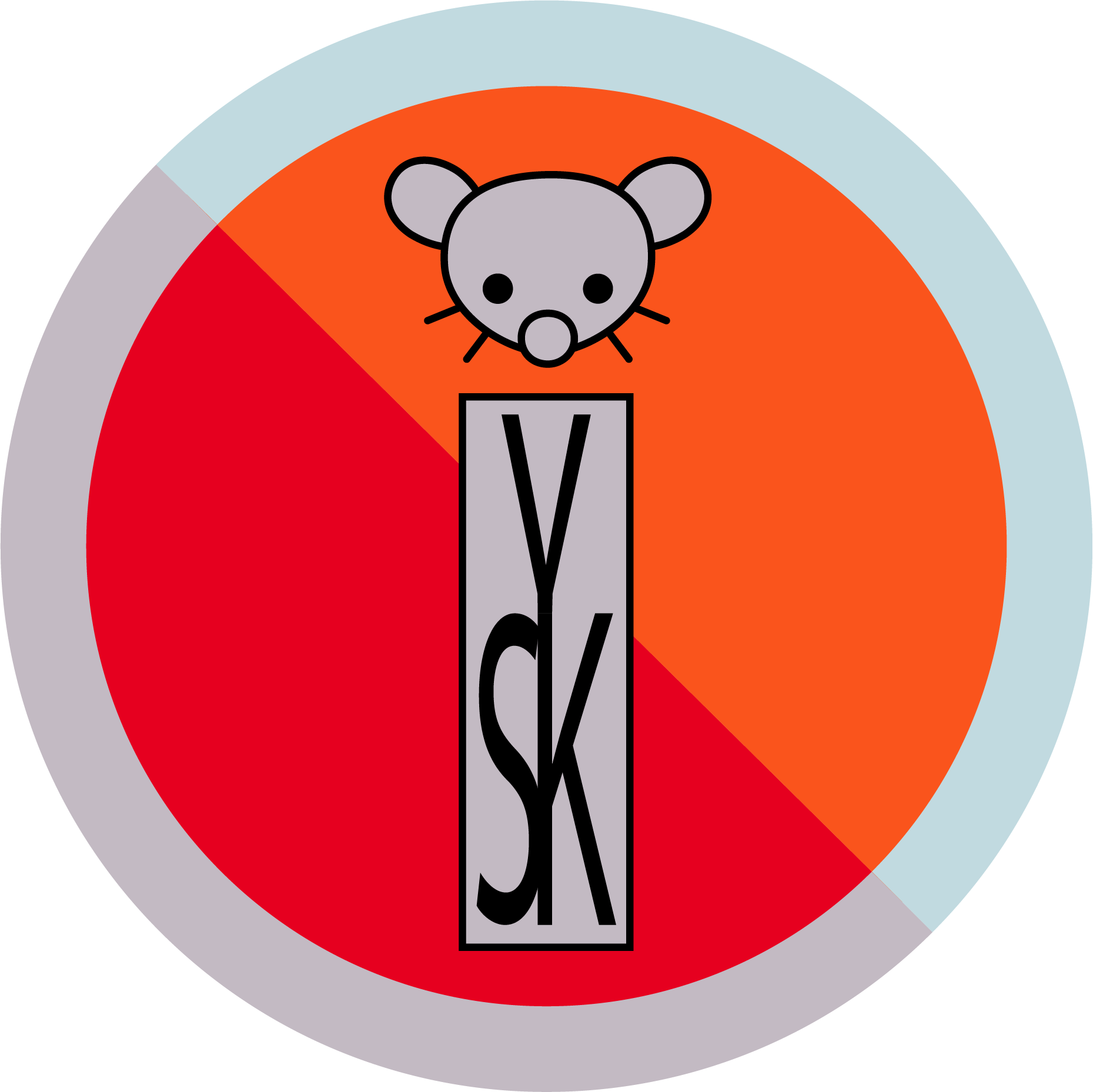

Yeah, without a doubt, it’s just an oversight.
There’s nothing malicious here.
I should have read the docker compose a bit closer when I was trying to figure it out but There’s only so many hours in the day, and sometimes you rush.


Yeah, without a doubt, it’s just an oversight.
There’s nothing malicious here.
I should have read the docker compose a bit closer when I was trying to figure it out but There’s only so many hours in the day, and sometimes you rush.


In not the OP but I hit the same issue.


Yeah this hit me as well and it was very confusing until I found that lemmy.ml
I can’t find it on the main branch so I didn’t raise am issue
Click the link, you’ll see it is indeed the first heading under Criticism


Yeah psi is a pretty common unit and trivial to swap between if SI is needed.
Arguments like above often show a lack of real world experience.


Any suggestions on alternatives?
Slack is ok but proprietary.
Element is a new and eg fractal doesn’t have threading.
Yeah but hyprland, unlike x, is actually pleasant to use.
Not an excuse for poor behavior nonetheless, merely an observation.


Exactly! I would never PR, extend or build off find.c, And I sure as shit I’m not gonna work on C or C++ in my own free time. However, Rust is really fun to use, and it’s got a great ecosystem. In this vein, this is a good thing for the community, and it’s not just hype.
The Fish blog post discussed this and I think they had a good point when they were talking about how hard it was to get contributors from a large pool when they were working with C++.
Without a doubt, anything you can do in Rust you can do in C and C++, but I think it’s fair to say the large majority of people are going to be more productive in Rust or at least have a more enjoyable development experience.


In large part it’s a matter of opinions and different perspectives. A common consensus is libraries should be MIT and entire applications should be GPL. However, this is not held by all community members.
Overall, Rust is easier to read and harder to fuck up, so there’s one argument in favour if it, in terms of community engagement. For an example of this, compare ls.c by Apple, GNU, FreeBSd and OpenBSD.
On the other hand, I should imagine most people simply install ripgrep and fd anyway.


Steam Deck is a step in the right direction but a bit too big


Well that’s great, airvpn has worked well for me in my torrent docker container and I recommend it for that purpose.
That’s a fair point. But it also depends on the application as well.
To use the example from earlier, good luck getting Emacs 25 to run on Windows 11.
…but maybe another perspective is that it works really well with Windows because they prioritise backwards compatibility at the expense of development time and they can do that because they’re a large company and as a large company the community gets a very little say in the way that their operating system works.
Linux is your operating system. It’s community driven and community developed and one of the expenses of that is that users are going to need a higher degree of technical capacity. The trade-off is that you get more privacy, and more say.
However, I believe that it’s achievable for most users.
I mean this sincerely, how can I help? I’m not an expert but i did teach this to university students and I’m a big advocate of privacy. What would you like to see?
Yeah I’ve installed heaps of old apps, it depends on dynamic vs static libraries etc but some people still use Emacs 25…
I have lost power whilst updating, can be a nuisance depending in the distro, but snapshots (zfs and btrfs both work well for me) have been life saving.
Mac and windows simply don’t have a lot of quality of life features. Working with them is painful. As self a documenting systems they are fantastic though, however, when I was younger we had things called schools that served to address that gap, these have fallen out of favour in modern times.


For privacy I recommend arkenfox


I believe airvpn has port forward.
Python’s usually the better choice anyway tbf. I know piping isn’t as good, but there are so many footguns!
Nushell and Fish can be really convenient too.
I used to adhere to sh for an OpenBSD machine but I switched to python, Rust and Go for, even simple things.
The key is identifying how to use these tools and when.
Local models like Qwen are a good example of how these can be used, privately, to automate a bunch of repetitive non-determistic tasks. However, they can spot out some crap when used mindlessly.
They are great for skett hing out software ideas though, ie try a 20 prompts for 4 versions, get some ideas and then move over to implementation.


See also Mull, No 120hz though.


Also, I don’t think one can export bookmarks from Android Firefox either.
That’s right, one should. However, I’m using this only as an internal documentation tool, There’s no port forward and it’s not public. I am literally using it to take notes on a few things I’m developing.
It’s actually really nice being able to drop a whole bunch of links and have them threaded and linked between each other. It works quite well.